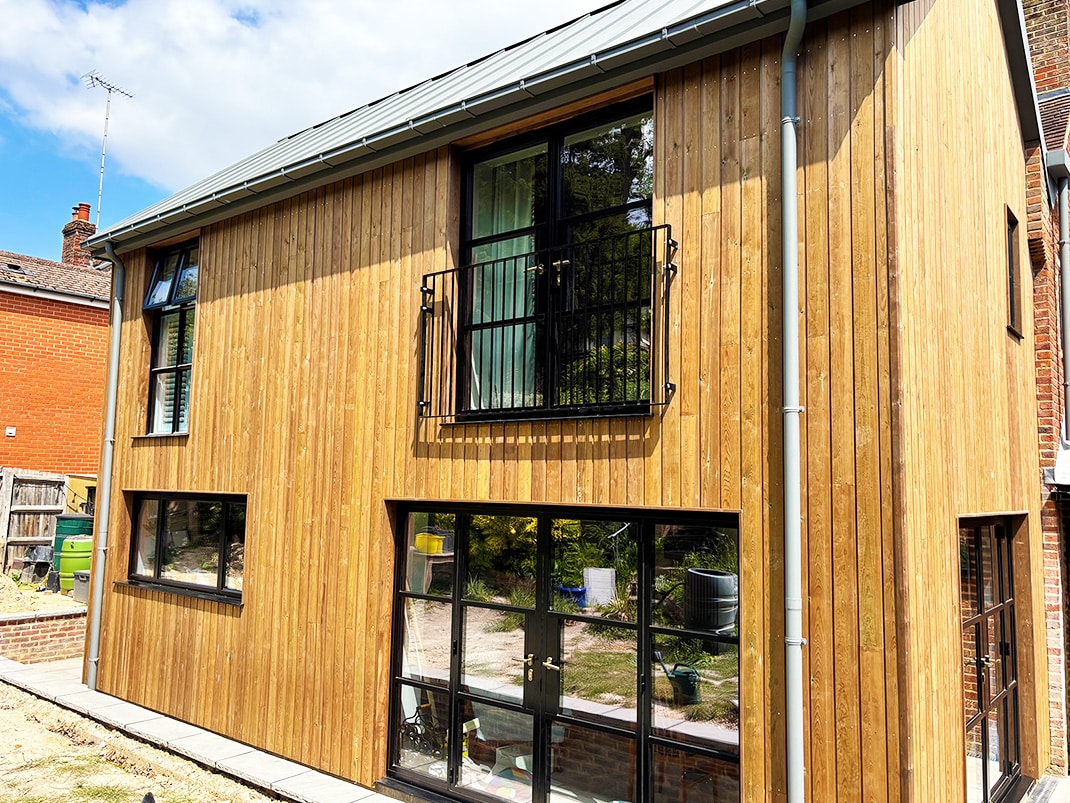Creating a beautiful and functional space can help you feel more at home in your house. Choosing the right lights is a crucial part of that. In this article, we’ll help you choose the right lights for your house and discuss the different lights necessary for each room in your home. Check them out!
Table of Contents
Three Types of Lighting
Three types or layers of light exist, and the room type and size usually determine which type is necessary to light up the space. Usually, a combination of two types can properly brighten up your room and increase its lighting quality.
Ambient Lighting
Ambient or general lighting should be present in every room since it provides the overall illumination necessary for a room. They’re typically installed overhead. As a rule, ambient lights are the first ones you should install when considering your lighting plan.
Ambient light sources include ceiling fans, chandeliers, pendant lights, recessed lighting, and wall sconces. Choose ones that give off high-quality illumination, such as wall lights from Vonn.
Task Lighting
Task lights let you see better when performing a task. It supplies direct illumination necessary for detailed work, such as reading, cooking, or applying makeup. You can usually find such lights in the kitchen, office, or bathroom.
Common examples of task lights are desk lamps, island pendant lights, track lighting, vanity lighting, and work lamps.
Accent Lighting
Accent lighting services as spotlights to interesting features in your home decor, which can be a mantel or painting. It’s essentially your secondary light source that augments the general lighting of the room, illuminating hard-to-reach parts.
Common examples are recessed lighting, track lighting, and wall sconces. Note that a fixture can be of two types of lighting at the same time, depending on how you use and set them.
Consider the Room
While your personal preference will still dictate what lighting options to use, standard layouts work well, too. Following these simple lighting tips for specific parts of your house:
Entryway
Entryways look great with a chandelier or pendant light overhead. A table or floor lamp can complement the space, too.
Living Room
Tracked or recessed lights are best for living rooms. The main seating should have an overhead fixture to center it, while floor lamps can help illuminate shadowy corners.
Dining Room
The main source of light should come from a pendant light or chandelier centered over the dining table.
Kitchen
Start with recessed lighting, and use pendant lights for focal areas like the kitchen island. Under-cabinet lighting is also useful for work areas.
Bedroom
Bedrooms should have one main overhead light source and table lamps on nightstands and dressers.
Bathroom
Recessed lighting is common in bathrooms. Adding task lights around a mirror is also common practice.
Office
Recessed lighting is the main overhead light source of offices, but adding table or floor lamps by seating areas is also wise. Your main work areas should also contain a desk lamp.
Determine the style you want
You can choose from plenty of amazing styles out there, but your choices can get overwhelming. It’s better to start by narrowing down your overall aesthetic. If you’re not sure what you want, check out websites like Pinterest to find designs and styles that you’d like to see in your own house.
After figuring out your style, you can start choosing light fixtures that fit nicely into your categories. Keep the same theme going throughout your entire home. That being said, you can keep everything simple by sticking to one theme, or you can mix and match various styles and designs.
Choose Visually Similar Fixtures
While this one is also a matter of personal preference, you can choose design elements that have the same lines and texture to convey a sense of cohesion. For instance, if your dining room fixture sports a curvy and minimalist design, then choosing curvy and minimalist lights for nearby areas makes sense for visual cohesion.
Types of Bulbs
Finally, the type of bulbs you choose can also affect the overall impact of your lighting to your house.
- Incandescent: they provide warm light and are best used for floor and table lamps.
- Halogen: they provide warm light and have more hours than simple incandescent bulbs.
- Fluorescent: they’re energy-efficient and provide cool light.
- LED: they last the longest and make colors look great.




